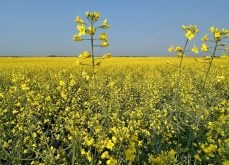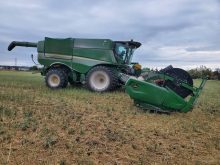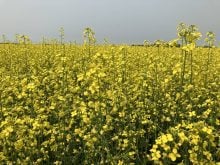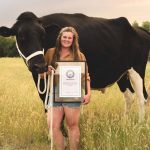Plans to retrofit an oilseed plant in Kansas to crush both soybeans and canola raise optimism for the winter crop
WINNIPEG — The resurrection of canola in Oklahoma and Kansas may begin this fall.
Farmers in America’s southern Plains are once again thinking about canola because a major player is retrofitting an oilseed plant in Kansas to crush both soybeans and canola.
Scoular, an agribusiness with headquarters in Omaha, Nebraska, and annual revenues of about US$10 billion, purchased a former Archer Daniels Midland crush plant in Goodland, Kansas, in 2021.
Read Also
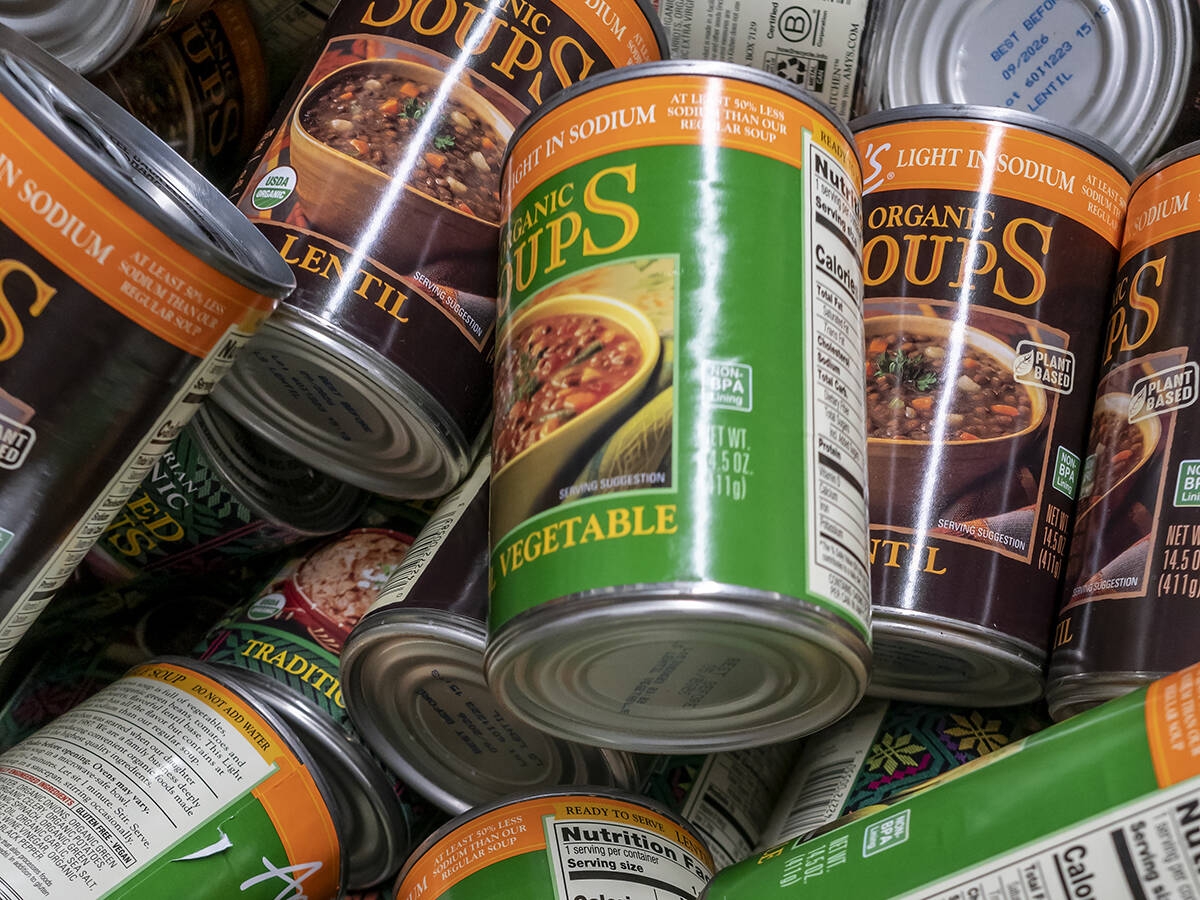
Sustainable food has ‘lost all meaning’: prof
That marketing strategy is deader than a doornail, says a University of Guelph professor who specializes in consumer preferences and perceptions of agriculture and food.
It has been renovating the facility for the last 18 months because Scoular wants to buy canola from farmers in the region.
“Retrofitting the facility into a dual crush plant is a significant investment, and Scoular is in canola for the long haul,” says a Q&A page on the Scoular website about the crush plant in Goodland, a town in western Kansas near the Colorado border.
“(The plant) creates demand for 400,000 acres of canola planted in southwestern Kansas and central Oklahoma.”
Scoular hopes to service the market for renewable diesel and sustainable aviation fuel by processing canola at its Goodland plant.
The dual crush plant is expected to open this fall, but it’s unlikely that acres of winter canola will be close to 400,000 in 2024.
Some farmers in Oklahoma and Kansas use canola as a rotational crop with winter wheat. The canola is seeded in September and harvested in June.
In 2022 and 2023, Kansas and Oklahoma planted about 30,000 acres of winter canola, based U.S. Department of Agriculture estimates.
Acres could jump in 2024-25 if it rains.
“They (Scoular) are actively offering (production) contracts for producers, right now,” said Josh Bushong, an agronomist with Oklahoma State University who specializes in winter canola.
“As of right now, the (farmer) interest is there, as long as we get some moisture (this month) and a decent price.”
Many farmers in the southern Plains plant winter wheat every year, so they need a rotational crop to break the disease cycle and improve wheat yields.
For years, Bushong and others have promoted winter canola, with some success.
About 12 to 15 years ago, canola was gaining traction with wheat growers in southern Kansas, Oklahoma and the Texas panhandle.
In 2012, acreage topped 250,000, and some predicted that winter canola would soon reach one million acres.
That didn’t pan out.
“The biggest thing that hampered us, back then, was a three year drought,” Bushong said.
The dry conditions hammered canola yields, and acreage plummeted.
Growers turned away from the oilseed and resumed their crop rotation of wheat, wheat and more wheat.
The collapse of canola was disappointing, but Kansas State University continued to employ a winter canola breeder, who has designed varieties that are better suited for the southern Plains
“We’ve had some improvements in winter survivability,” Bushong said.
“We’ve made advancement in agronomics and genetics.”
Having canola in the rotation can increase winter wheat yields in Kansas and Oklahoma. Research suggests that wheat yields rise by five to 20 percent when wheat is seeded following canola.
Such rotational benefits are nice, but growers need to make a profit every year. Farmers in Kansas and Oklahoma will plant canola this autumn and in future autumns if it provides a return on investment, Bushong said.
“The crop still needs to pay for itself. The majority of our acres are under shared crop or rented ground,” he said.
“It is a riskier crop … (but) I think it’s feasible to get (to) that half a million to a million acres, ultimately.”
This year, test plots across Kansas produced canola yields of 20 to 50 bushels per acre, with many varieties hitting 40 to 50 bu., says farmprogress.com.







